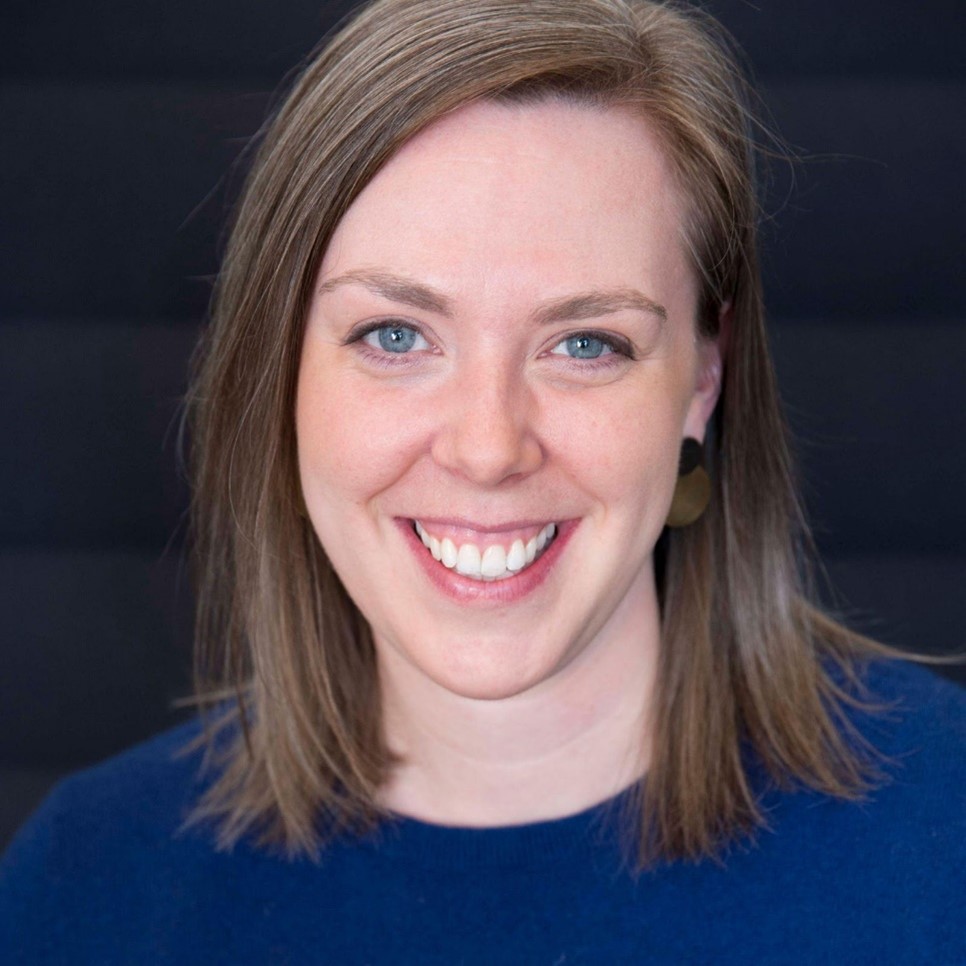
Kristin Appenbrink is a Senior Content Strategist at Google. Prior to Google, Kristin worked as a writer, editor, and social consultant.
Here is what Kristin had to say when we asked her about design thinking, communication, and innovation:
GenHERation®: What is design thinking?
Kristin Appenbrink: Design thinking is a way of thinking about problems that focuses on people. When using design thinking you focus on the person who will be using your product, what their experience is, and what the ideal experience could be.
GenHERation®: How can you embrace a creator’s mindset as a student, team member, or potential job candidate?
Appenbrink: I’d say the creator’s mindset involves thinking through the solution in greater detail. I am a very solution-oriented person, and I have a tendency—as I’m sure many people do—to come up with a solution and try to implement it immediately. However, we need to take a step back and ask, “How would someone else solve this problem?” Embracing a creator’s mindset is all about thinking more expansively and taking into account different perspectives and lived experiences. It’s always good to remember that each problem has many solutions.
GenHERation®: What are three ways you can be an effective digital communicator?
Appenbrink: My first suggestion would be to consider which medium is best. Should you send an email, a chat message, or hop on a video call? Chat is good when you have a quick question, but a video call might be better when discussing a more complex topic. Second, I always try to use as few words as possible. When I have an email that’s complex or one that’s to a higher-level stakeholder, I’ll often write my email in a Google doc first. That way I can read and edit without the risk of an accidental send. When I’m editing, I’ll also take the time to think about the recipient of the email and if I need to add more context or information. Finally, be straightforward and transparent. If you don’t know something, take a chance, be vulnerable, and admit it. Not only will you save time, but you’ll get the opportunity to learn something that can help you in the future.
GenHERation®: What elements should be included in a persuasive elevator pitch?
Appenbrink: If you are pitching yourself, take the opportunity to show what you’re most passionate about and what you’re really good at. There’s a program called #IamRemarkable that runs trainings to teach people how to talk about the things they are really great at. It might be uncomfortable at first, but you should be proud to talk about your accomplishments.
GenHERation®: How can you showcase your creative skills during interviews?
Appenbrink: I really appreciate working with people who have different backgrounds than I do. I’ve learned so much by watching how my teammates and colleagues approach problems from a different perspective. In an interview, if you can walk someone through your thought process about why you solved a problem the way you did, that’s a very valuable skill. As an interviewee, you can talk through the steps you took to overcome a challenge or complete a difficult project.
GenHERation®: How can students develop their strategic thinking skills?
Appenbrink: Strategic thinking is a next-level skill, and one that I’m still working on, to be honest. One of the keys of strategic thinking is to look toward your long-term goals. Once you have those in mind, you can decide what short-term strategies you’ll need to put in place to make your way there. Ask yourself what you can accomplish in the next week or month, and make sure that all those steps are ultimately moving you toward your long-term goal.
GenHERation®: What tools do students need to think differently, deconstruct challenges, and build solutions?
Appenbrink: The greatest tool isn’t really a tool at all, but it’s the ability to take into account perspectives and opinions that are different from your own. No matter what you’re working on, getting a second opinion from a colleague or a friend or reading a book or article that’s been written on the topic can help broaden your view and will likely lead to a better product or solution. There’s a wealth of information out there, all you have to do is seek it out!
Kristin Appenbrink is a Senior Content Strategist at Google. Prior to Google, Kristin worked as a writer, editor, and social consultant for companies, including Penguin Random House, Brit + Co., and Real Simple. She is compulsively organized, loves solving people’s problems, and makes ice cream in her spare time. Kristin received her degree from Drake University.



Comments (0)